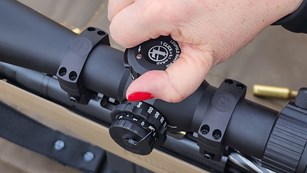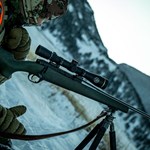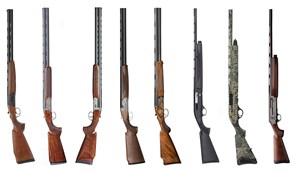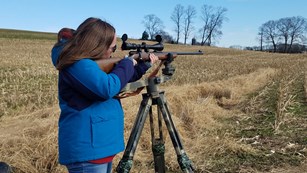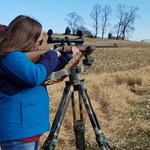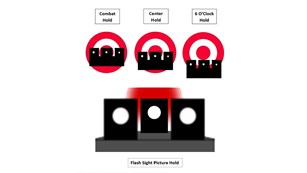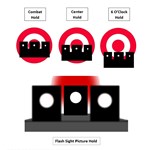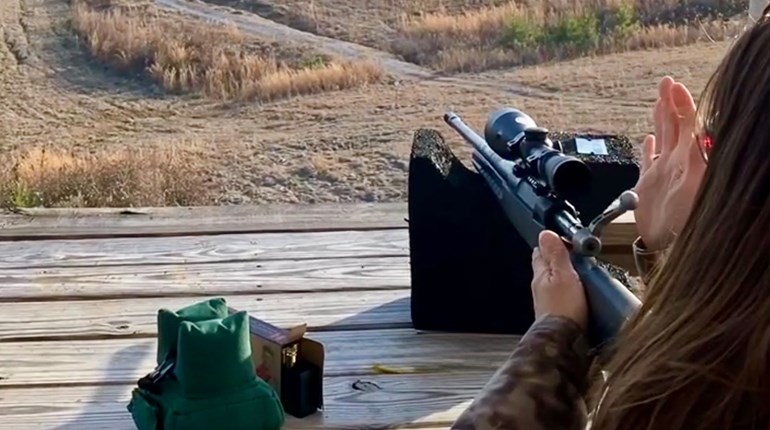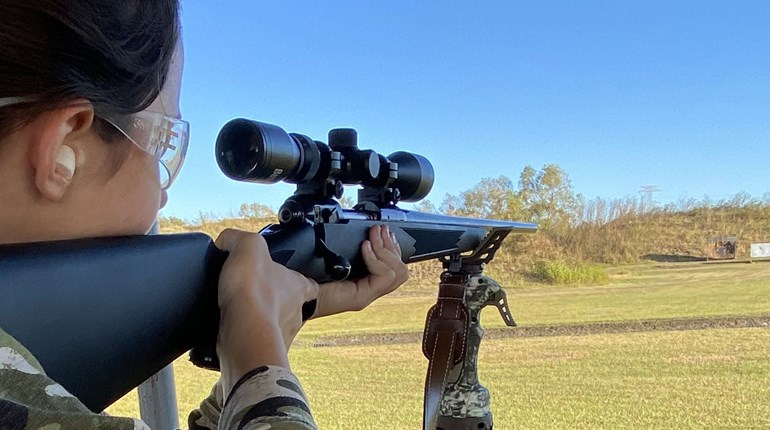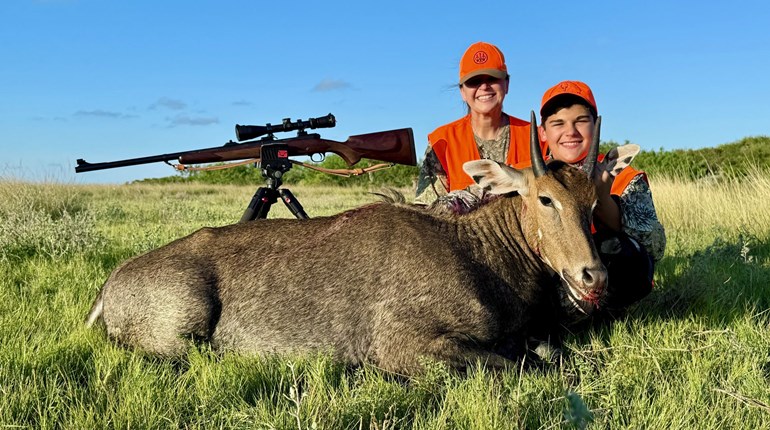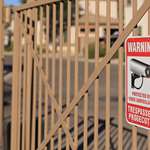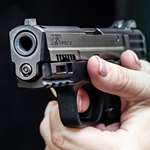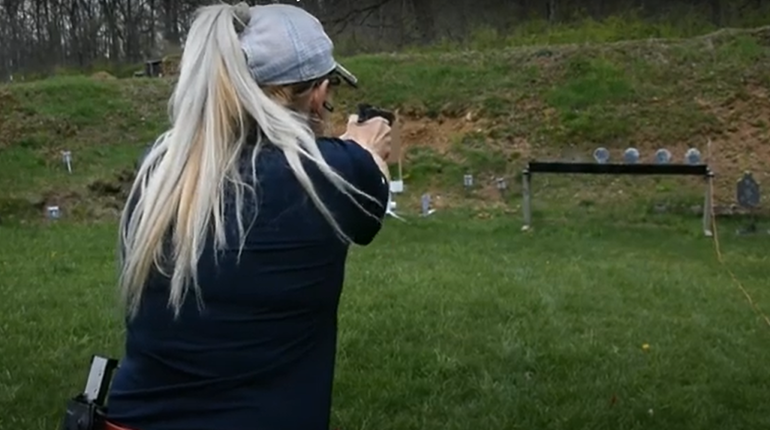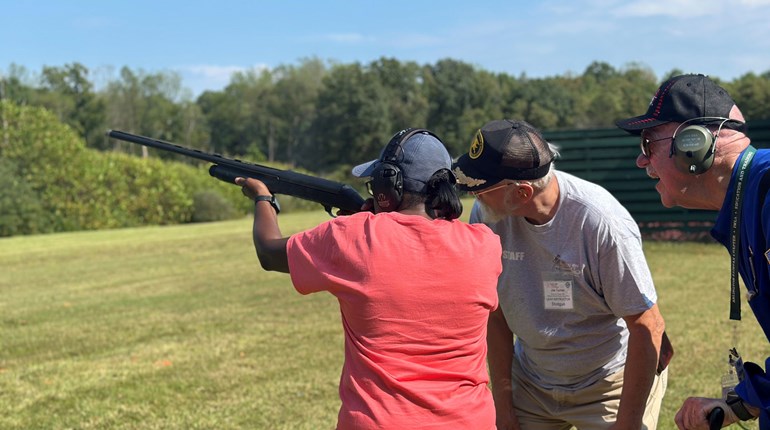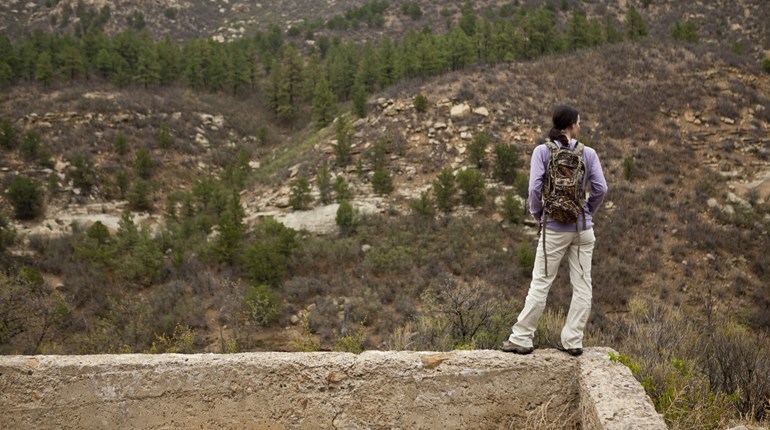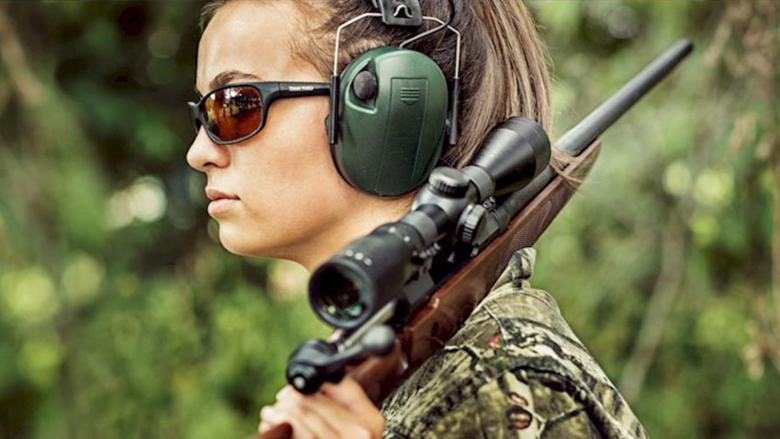
All NRA Certified Firearms Instructors must follow rules established by NRA’s Training Department. Instructors can also establish additional rules that might apply to their unique area or region. By setting more rules and policies for your firearms training courses, are reducing the possibility of accidents.
Additional class rules mean that you are taking extra precautions to ensure a safe class. Some of these rules should include making sure that there is an NRA Range Safety Officer (RSO) present, setting ammunition standards, limiting vintage firearms, and following the NRA’s Firearms Training Curriculum.
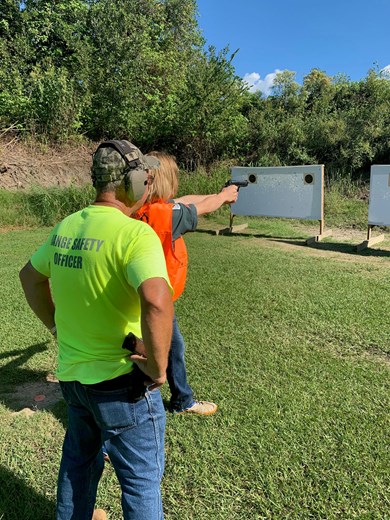
Range Safety Officer (RSO)
You can never be too safe when it comes to firearms. One of the best ways of minimizing the chance of an accident on the range is to have an NRA Certified RSO present. Range Safety Officers who are certified through the NRA are the “Gold Standard” of RSOs. NRA Certified RSOs are trained in areas related to running a safe firing line.
The main area that NRA Certified RSOs excel in is the process of running a safe line. This means that they understand when to call a “cold” range or a “hot” range. This is because they learn the importance of not getting distracted or focusing all their attention on one or two individuals and disregard the rest of the shooting line. They understand that their responsibility is the safety of the entire line. The number of shooters can be limited if there are too many new shooters for them to oversee, or the RSO could call to request an additional RSO if the line gets too busy.
NRA Certified RSOs are also trained in emergency protocols. They are trained in how to take command of an emergency and how to react to them. A properly trained RSO can save the life of someone who is experiencing a medical emergency on the line. Emergencies could range from a critical gunshot wound, to an individual’s medical condition that causes the RSO to react. An RSO may also be called to assist with things such as splinters, bee stings, or just making sure the shooters remain hydrated.
NRA Firearms Instructors are not required to have an RSO present during their training sessions, but it is always a good idea to have one available during range exercises. Even though it is not mandatory, I always have my own RSO with me when I train. I can do this because I always have back-up or additional instructors and RSOs available to assist me with classes. I never take safety for granted any time I am handling a firearm or giving a lesson.
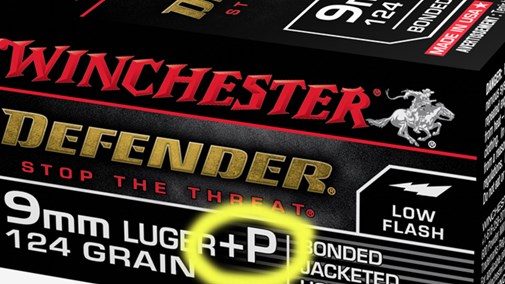
Ammunition
Setting ammunition standards is crucial for maintaining a safe experience on the firing line. All ammunition brought to class should be S.A.A.M.I.-approved and in its original factory box with legible data. Additionally, the instructor should visually inspect each of their students’ ammunition they intend to shoot while on the range. All ammunition should be free of corrosion, dents or anything that just does not look right. It is always better to be safe than sorry!
S.A.A.M.I. is the Sporting Arms and Ammunition Manufacturers’ Institute. S.A.A.M.I. sets the range for acceptable pressures for all standardized cartridges. What many instructors do not know is that S.A.A.M.I. is merely suggested pressures. This means that there are commercial companies that sell ammunition that exceeds these set safe pressures. Many consumers are not aware that they may be in possession of ammunition with extremely high pressures. One example is hard-cast ammunition, which often exceeds S.A.A.M.I. pressures.
Another hard-fast rule instructors should institute is that all ammunition must be name brand. Reloaded ammunition should never be allowed in class. This is because there is no “quality control” and you are relying on the fact that the reloader knew what he or she was doing. Remember, when teaching an NRA Training Course, other students are present and any accident that happens affects everyone in class.
Vintage Firearms
Vintage firearms can either be a great addition to the class—or not. Instructors should have rules in place to address students who want to bring older firearms to class. According to the Bureau of Alcohol, Tobacco, Firearms and Explosives (BATFE), any firearm that is older than 50 years old is considered a curio or relic.
What is interesting is that a vintage firearm could mean different things to different owners. To older students, this might mean black powder or early smokeless powder firearms manufactured in the late 1800s or early 1900s. To younger students who grew up in an age of polymer guns and AR platforms, an antique firearm to them might be a bolt-action Winchester Model 70 made in the 1970s
Many older firearms are safe to shoot and make great training aids to educate those in your class who are not familiar with that particular make, model or action. Unfortunately, older firearms can be an accident waiting to happen if the instructor is not aware of what to look for. In my classes, individuals have brought old revolvers with modern smokeless powder ammunition, ready to shoot on the range. They were not aware that they were in possession of an old firearm chambered in obsolete black powder cartridges. Luckily, I knew how to properly identify the firearm and prevent a potentially catastrophic accident.
Firearms instructors should develop policies to prevent these types of potential accidents by instituting a rule that only modern firearms are allowed in class. I even go one step further and ask my students to e-mail me before class with information on the make and model of their firearms. That way I have the chance to research their firearm and review any issues that might be going on with that particular gun. It is important to do this before class, so you are not scrambling and doing an internet search when you are on the firing line, looking up information.

Curriculum
When conducting any firearms training, it is crucial to follow an approved curriculum. There is only one proven, tested and successful firearms training curriculum: the NRA. The NRA offers training programs in every discipline. These include basic training and instructor certifications in rifle, pistol and shotgun. For the advanced student the NRA offers basic training and instructor certifications in Concealed Carry Workshop (CCW), Personal Protection In the Home (PPITH), and Personal Protection Outside the Home (PPOTH). The NRA has something for everyone!
As long as you are following an approved curriculum, you have predictable outcomes, your classes are much safer, and your liability can be reduced. It is when an instructor deviates from a curriculum in which they are certified that can lead to accidents. This can put the instructor in civil or even criminal liability. Additionally, many of the firearms instructor training insurances become void if the instructor is not teaching what he or she is certified to specifically teach.
Other issues that instructors need to be aware of are fads. I have been a firearms instructor for more than 25 years, and I have seen many fads come and go. Sometimes it seems that anyone who can upload a video comes up with their own “new” way to teach what has already been proven to work. If you see a new method of training and it seems odd, unnecessary or even dangerous, use your common sense and reject and ignore it.
Instructors should also avoid “shock-value” training techniques. Many students are very uncomfortable with this type of instruction. Students have shared stories of other courses they have taken where instructors used live ammunition as training aids in the classroom. This is a violation of the NRA rules and can lead to decertification
It is important to remember that you as the instructor are responsible for the safety of everyone in your class. It is very important to strictly follow the NRA’s Rules for Safe Gun Handling. It is also important to go one step further and implement additional rules that address issues common in your area. Like the NRA Training Department stresses in every firearm course that is offered, safety is everyone’s responsibility!
